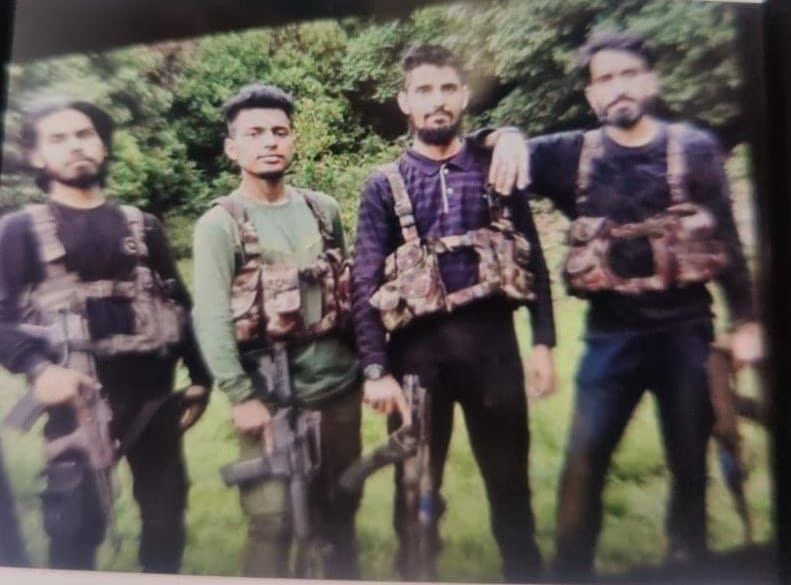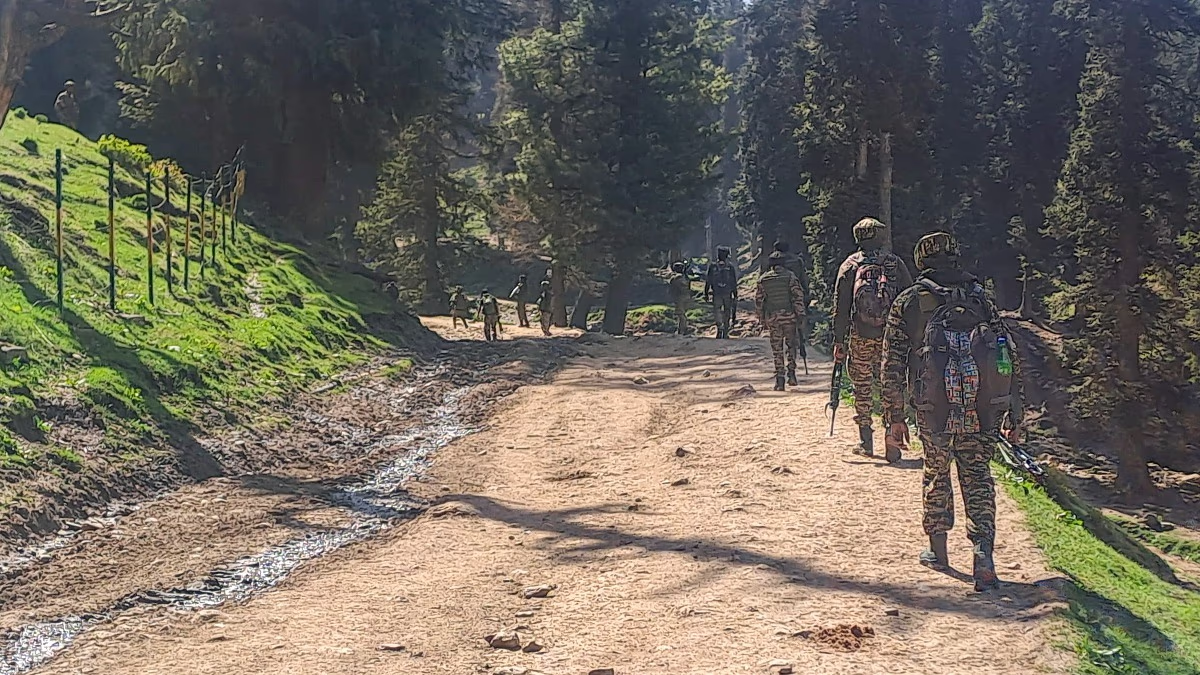The digital evidence from the terrorist attack in Pahalgam, Jammu & Kashmir on Tuesday is pointing towards connections in Pakistan. Indian intelligence agencies have uncovered that the digital footprints of the suspected attackers lead to safe houses in Muzaffarabad and Karachi. This provides proof of cross-border links involved in this attack. As of now, this attack has resulted in the deaths of 28 tourists, with dozens more injured.
Based on forensic analysis from the attack scene and information from survivors, intelligence sources have indicated that the terrorists used weapons typically wielded by the military. This suggests that the attackers were highly trained and equipped with all necessary armament.
India's agencies found advanced communication equipment in the vicinity of the attack site, suggesting that the terrorists received logistical support from external sources.
Intelligence suggests that the attackers were in direct contact with operatives based in Pakistan.
Digital connections from the Pahalgam attack suspects were traced to 'safe houses' in Muzaffarabad and Karachi in Pakistan, reinforcing evidence of cross-border terrorist links.
Security officials have confirmed that the nature and precision of the weapons imply military assistance was provided to the terrorists by trained operatives.
The Resistance Front (TRF), which carries out terror attacks under a pseudonym, has claimed responsibility for the attack.

Source: aajtak
According to intelligence agencies, the terrorists came fully prepared for the attack. They carried backpacks containing dried fruits, medicines, and communication devices.
A group of 5 to 6 foreign terrorists had been hiding in the forest for some time and were conducting recon in Pahalgam with the help of local informants. Once prepared, the terrorists launched their attack at an opportune moment.
Intelligence suggests that 3 to 4 terrorists continuously fired using AK-47s. During this time, 2 Pakistani terrorists were heard speaking Pashto. Accompanying them were 2 local terrorists, Adil and Asif, from Bijbehara and Tral areas.
The Pakistani terrorists recorded everything using body cameras. It is believed that the Pahalgam terrorist attack was modeled after the 26/11 Mumbai attacks, targeting the economy of Jammu and Kashmir. The hand of the Pakistani agency ISI is suspected behind this attack.
Intelligence agencies have released images of the 4 terrorists involved. Among them, on the far right, is retired Pakistani army personnel Asif Fauji.
A senior security official involved in the investigation stated, "This is not just an isolated terrorist incident. The attackers were directed, equipped, and supported from across the border. Their aim was to destabilize the region and derail the peace."
The Home Ministry is keeping a close watch on the situation, and additional security has been deployed in sensitive areas. A high-level review meeting chaired by senior intelligence and military officials is expected by the end of the week.
This incident signifies a shift in the strategies employed by the active terrorist groups in the region. Officials have warned that the use of military-grade weapons and encrypted communication systems points toward a new phase of hybrid warfare in Kashmir. With the investigation expected to be taken over by the National Investigation Agency (NIA), more details about the extensive network planning and executing the attack are likely to emerge.
What Was Pakistan's First Reaction?
Following the Pahalgam attack, Pakistan's initial response dismissed any involvement, stating it has no connection to the incident. According to reports, Pakistan's Defense Minister Khawaja Asif claimed there is no link between Pakistan and the terrorist attack in Pahalgam. "We have nothing to do with it. We condemn all forms of terrorism. The Pahalgam incident has no relation to us," he stated.




